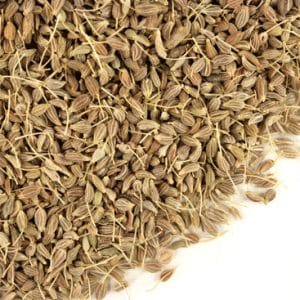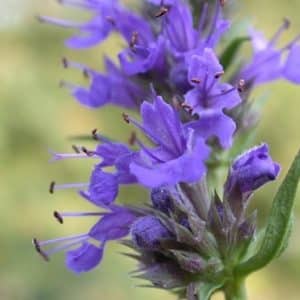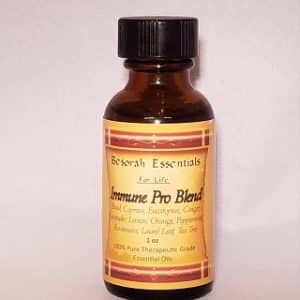The common Mexican name for the plant, chuchupate, is said to be an ancient Aztec term meaning “bear medicine.” Bears respond to the herb like cats do to catnip. They will roll on it and cover themselves with its scent. Males have been seen to dig up the roots and offer them to females as part of courting. When a bear first comes out of hibernation, it will eat osha if it can find it, to cleanse its digestive system. The bear will chew the root into a watery paste, then spit it on its paws and wash its face with the herb. It will then spray the herb over its body as the herb possesses strong action against bodily parasites. It is not known how the bears came to acquire this herbal knowledge, but their use is legendary in all cultures who refer to it as such bear medicine. This is the reason that the bear is considered to be the prime healing animal in many cultures because it uses plants for its own healing. Any plant that is considered to be “bear medicine” is a potent and primary one.
Early pioneers in Colorado called it “Colorado cough root” because of its effectiveness for that condition.
The genus name, Ligusticum, is named after the Italian city of Liguria.
Osha was originally used by Native Americans to treat colds, flu, and upper respiratory infections. Since osha displays a strong affinity for the respiratory system, Native American runners would chew the root to increase endurance. It was also worn in medicine pouches and around the ankles to ward off rattlesnakes. Flathead Indians would wash the roots in a mountain stream near where the root was growing to help bring rain or water.




